A Lighthouse That Called to Me
I’ve always loved lighthouses — not just for their beauty, but for their stories. Some feel quiet and overlooked, but others seem to call out across time, almost insisting that you stop and learn their history.
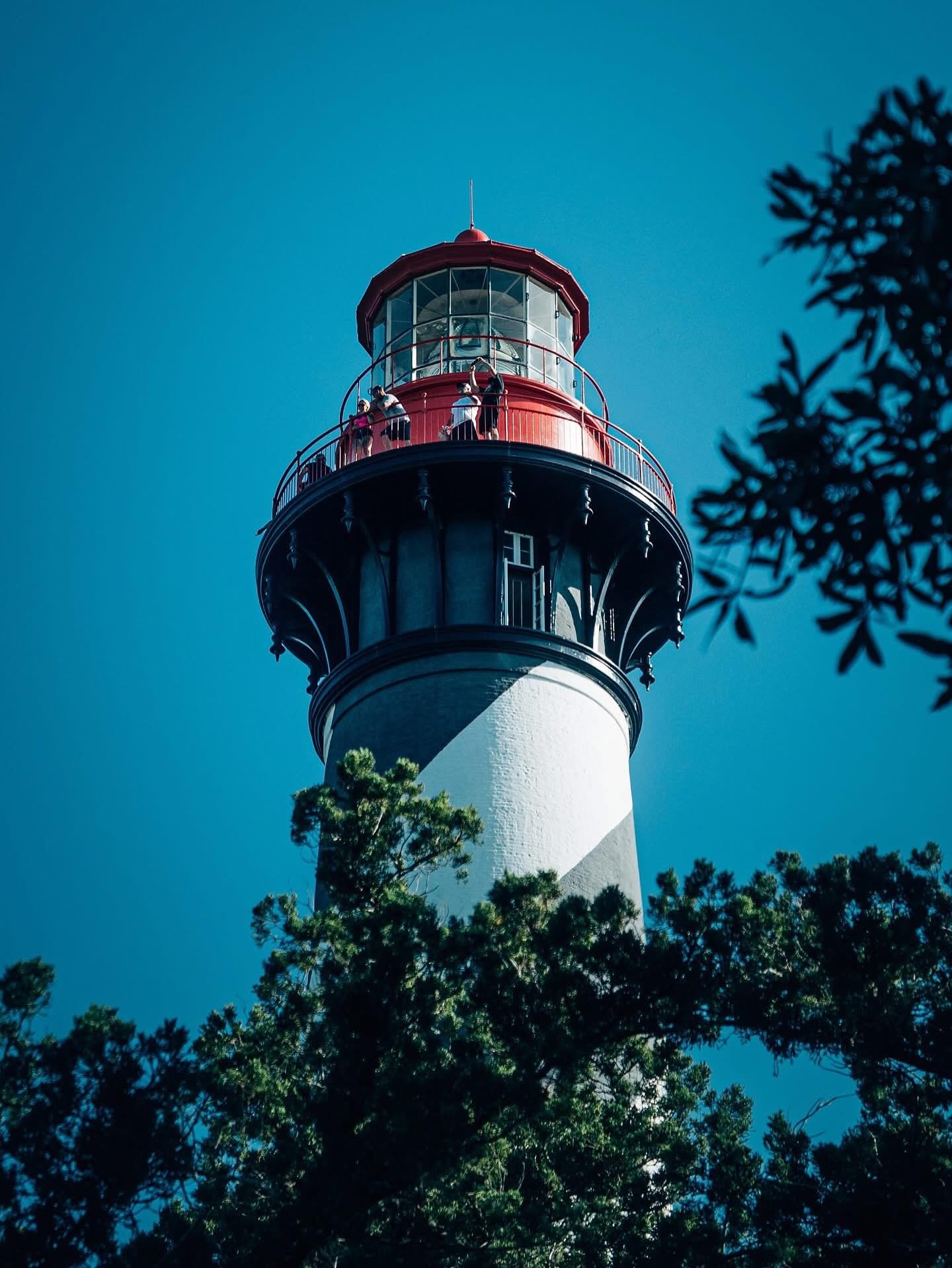
That’s how I felt the first time I discovered the St. Augustine Lighthouse — a 165-foot tower rising above the trees on Anastasia Island, just across the water from America’s oldest city. Even before I ever visit, I already feel connected to it. Maybe it’s the history. Maybe it’s the fact that it has survived fires, wars, erosion, tragedy, abandonment, and the threat of being torn down.
Some lighthouses simply shine.
This one endures.
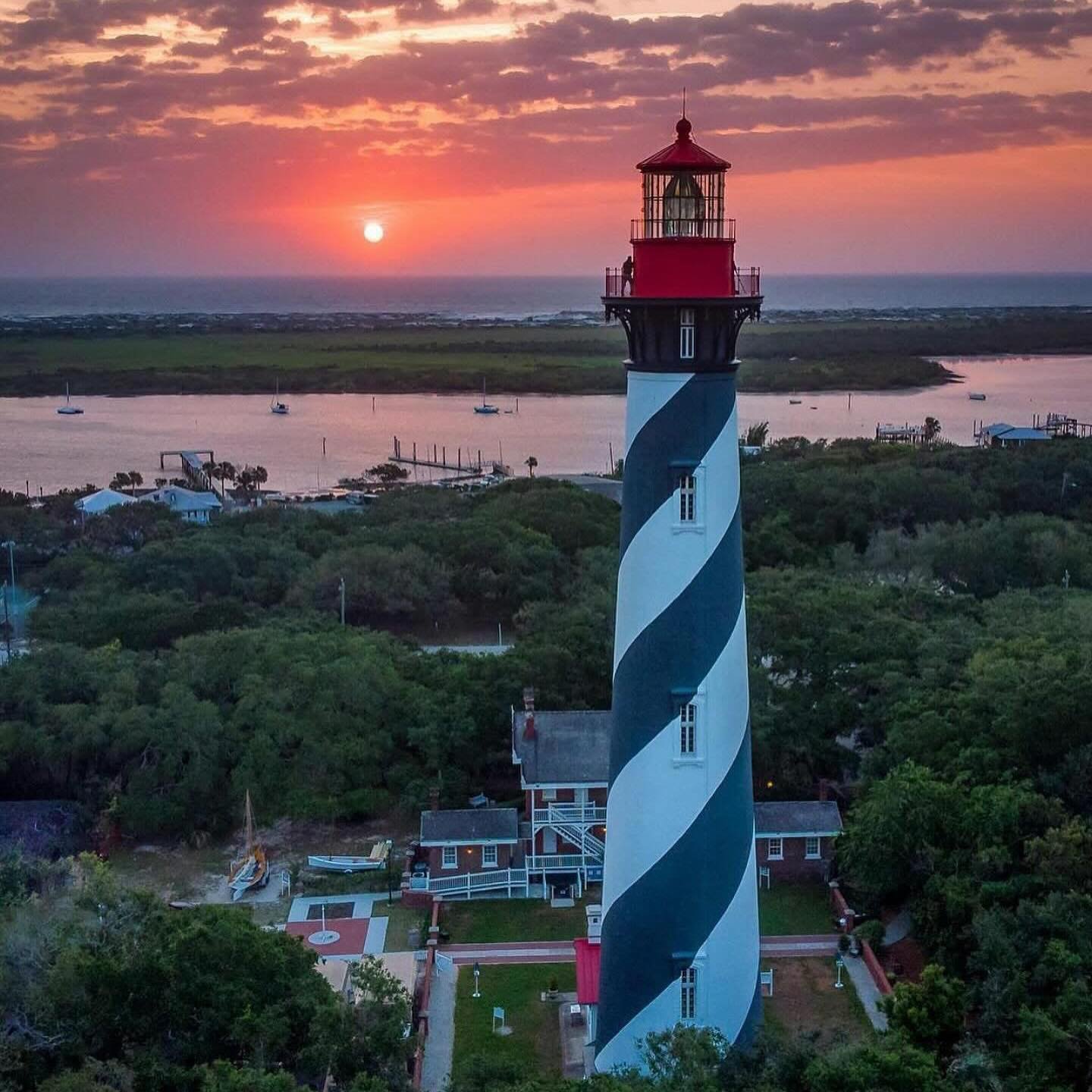
Before the Lighthouse: A 16th-Century Watchtower
Long before Florida became part of the United States, the land where the lighthouse now stands was home to something very different — a Spanish watchtower built in the late 1500s.
It wasn’t a lighthouse in the way we think of one today, but a lookout post meant to guard St. Augustine, which was founded in 1565 and remains the oldest continuously inhabited European-established city in the U.S.

The original tower was made of wood, then coquina stone. It watched not just for storms and ships in trouble but for enemy vessels — because this coast has seen pirates, British invasion, and battles long before tourism and beach houses ever existed.
1824: The First Official Lighthouse
The first true lighthouse built by the U.S. government on this site went up in 1824, officially making it Florida’s first lighthouse.
It wasn’t the tower we see today — this one was shorter, closer to the shoreline, and eventually threatened by the very ocean it was meant to guard.
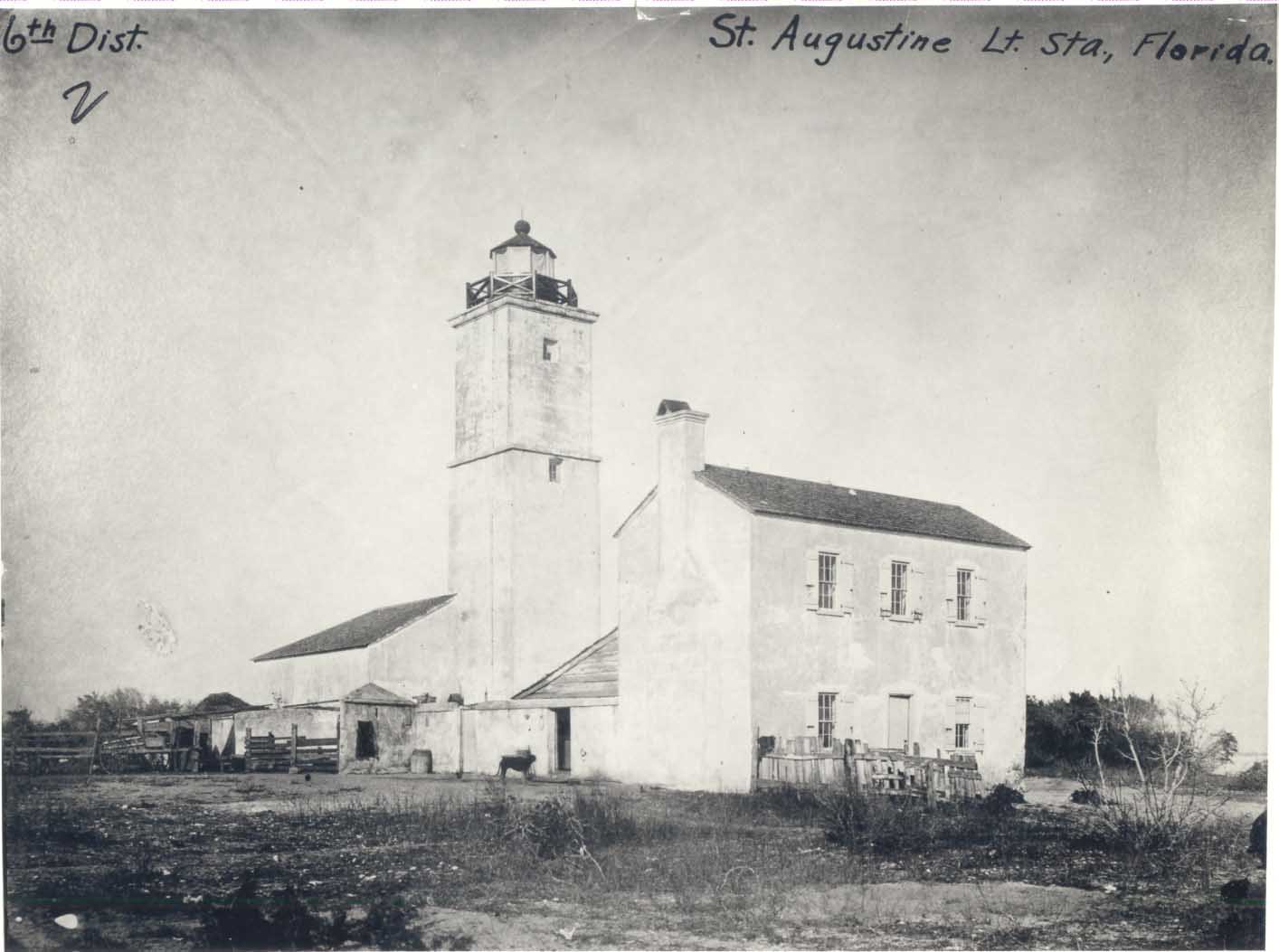
During the Civil War, Confederate forces removed its Fresnel lens so Union ships could not navigate the coastline. When the war ended, the keeper and his family put the light back into service — but erosion was already eating away at the sandy bluff beneath it.
By the 1870s, the ocean was winning. A new lighthouse had to be built farther inland.
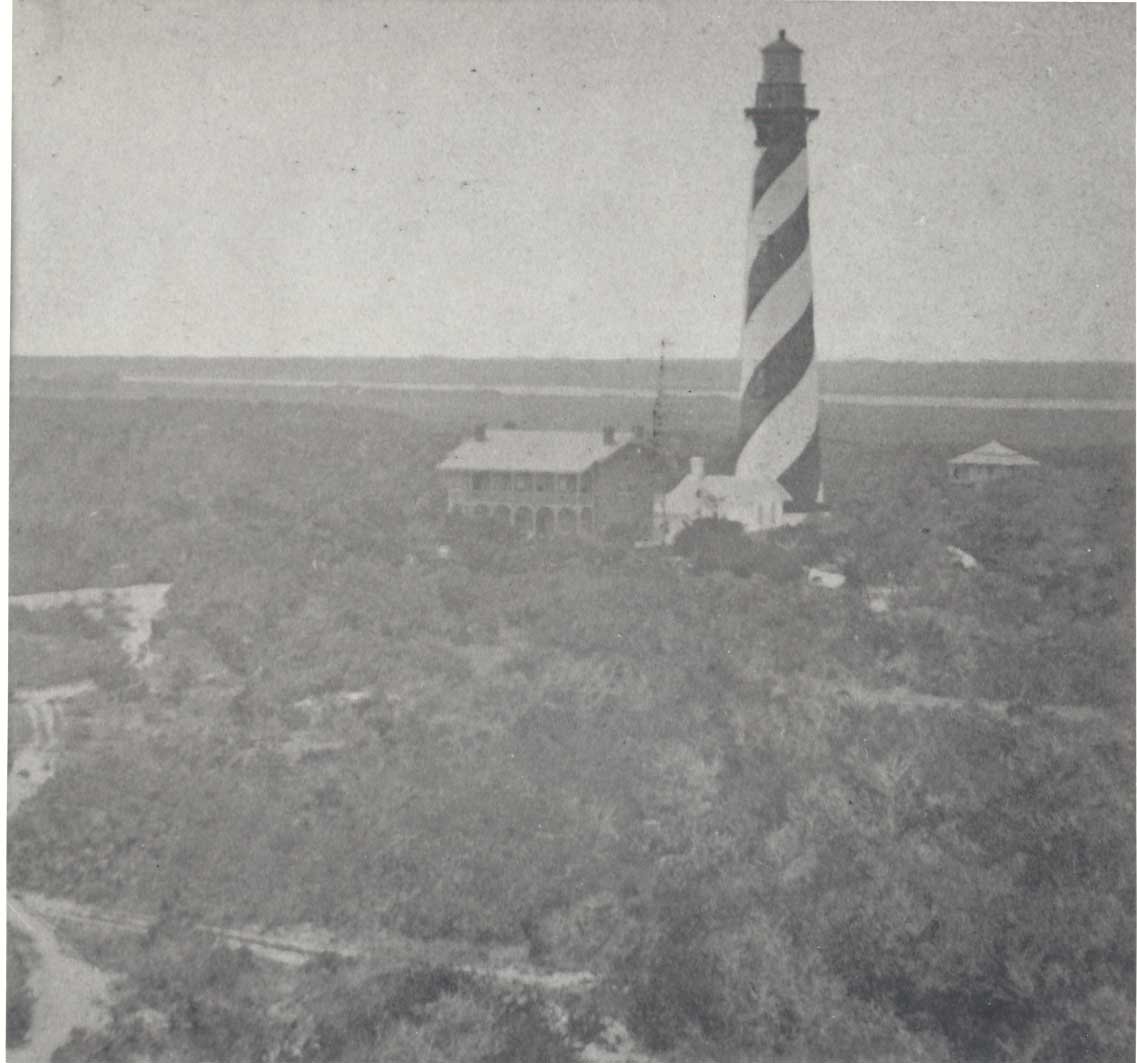
1874: The Lighthouse We Know Today
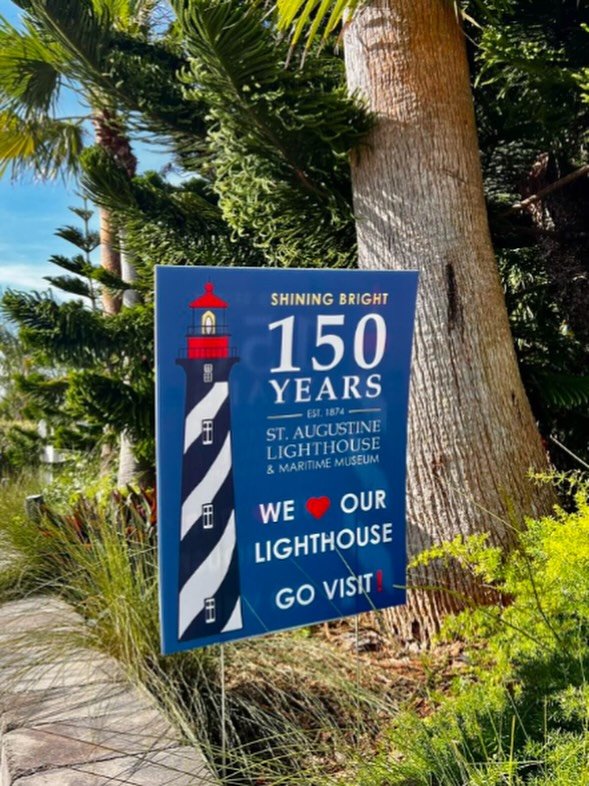
Construction on the current St. Augustine Lighthouse began in 1871 and took three years to complete.
Built from 1.25 million bricks, painted in the now-famous black-and-white spiral daymark, and topped with a bold red lantern room, the new tower stood 165 feet tall — one of the tallest along the Atlantic coast.
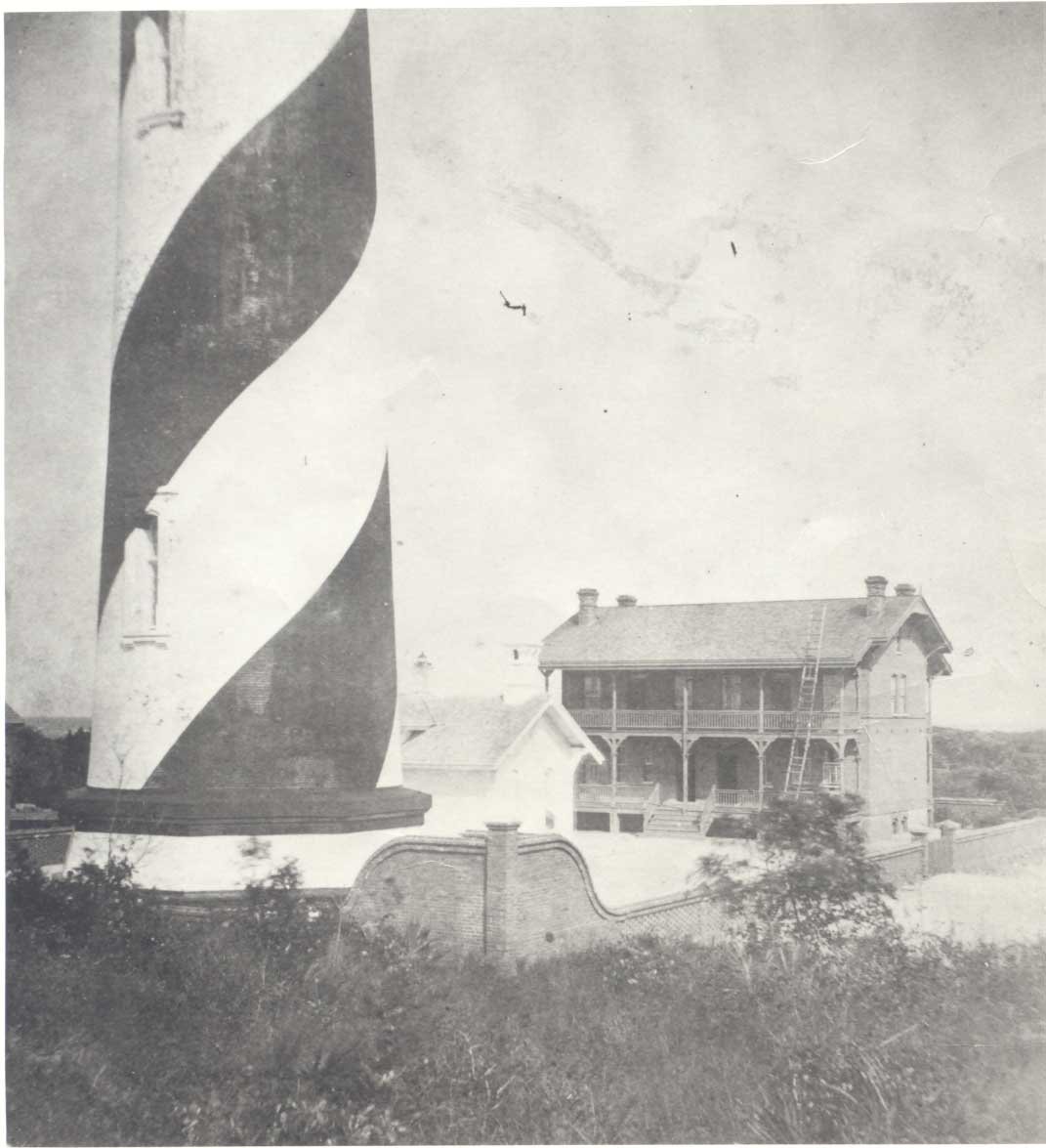
This lighthouse was equipped with a first-order Fresnel lens, the largest and most powerful class of lens ever made — a glass masterpiece with 370 hand-ground prisms that could send light more than 20 miles out to sea.
That lens is still there today.
And yes — it still works.
Life as a Lighthouse Keeper
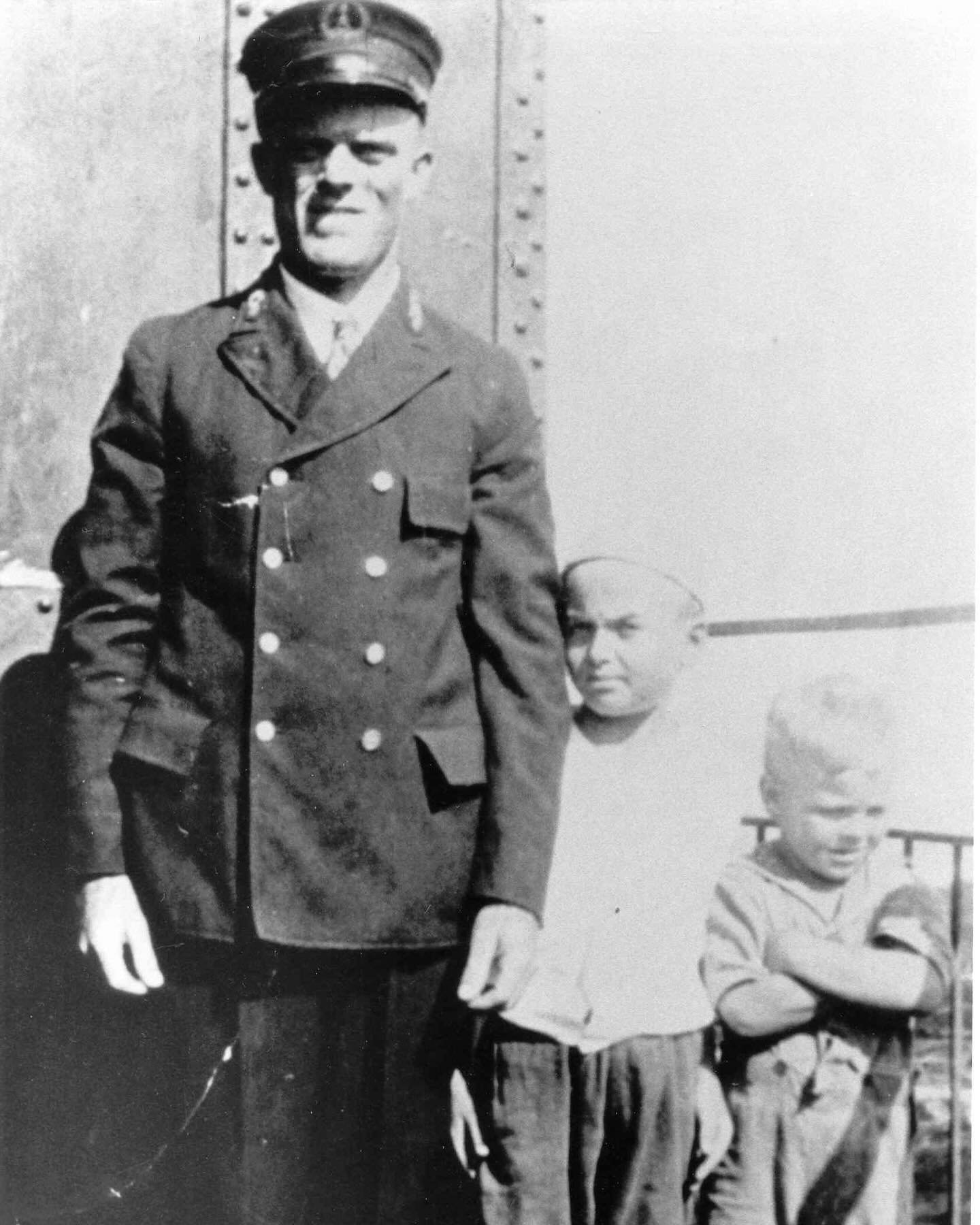
In the late 1800s and early 1900s, being a lighthouse keeper wasn’t romantic. It was exhausting.
Keepers climbed 219 steps every day — not for exercise, but to polish glass prisms, refill whale-oil lamps, scrape soot off metal, and wind the giant clockwork mechanism that turned the lens.
They lived beside the tower with their families, through storms, heat, isolation, and hurricanes.
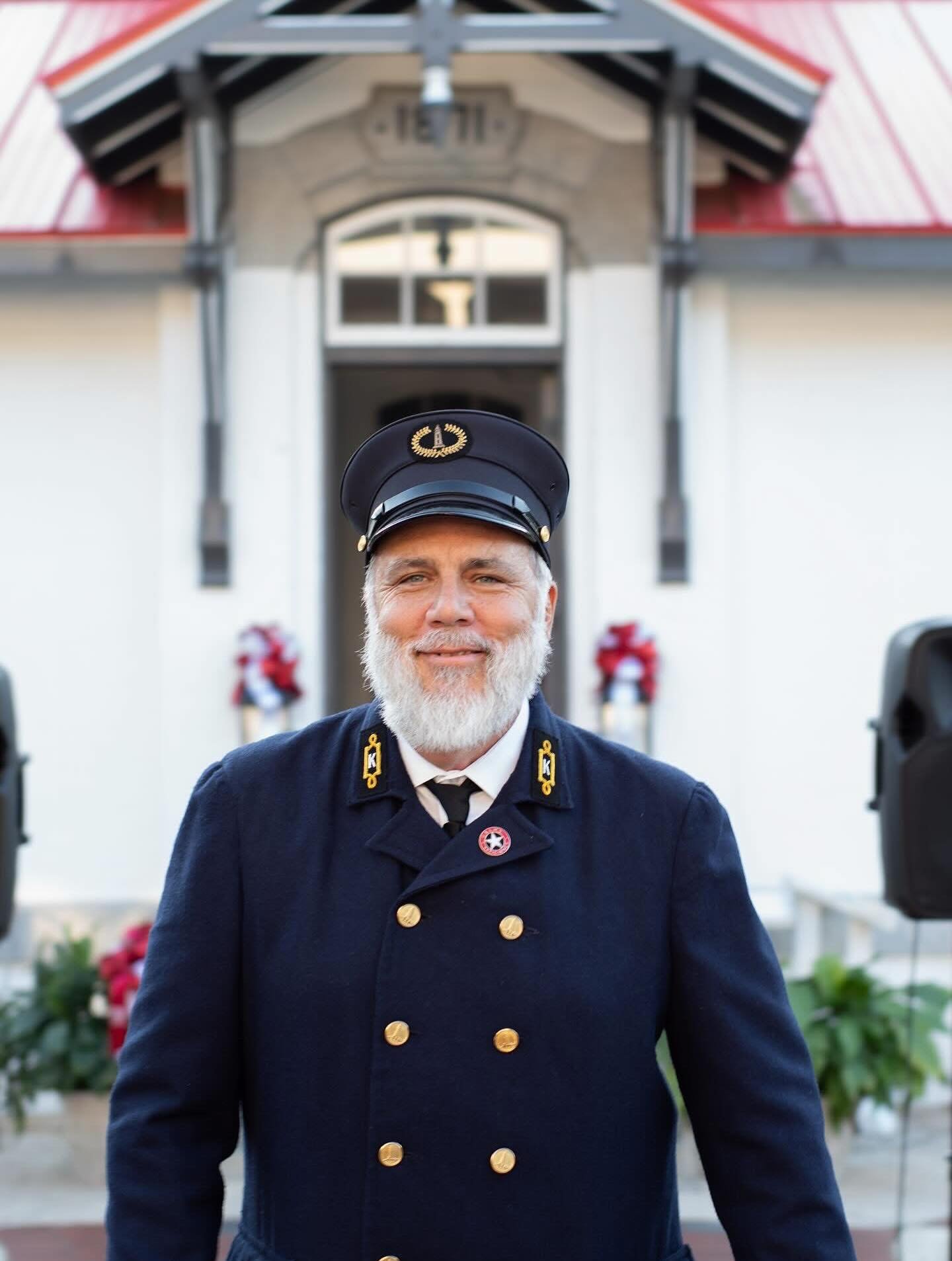
One of the most beloved keepers was William Harn, a Civil War veteran who lived here with his wife and six daughters. The Harn family planted gardens, raised chickens, and turned the keeper’s house into a home — the same home that visitors tour today.

Tragedy at the Lighthouse: The Drowned Sisters
Not all of the lighthouse’s history is warm and nostalgic.
During the construction of the new tower in 1873, several children — including the daughters of the construction superintendent — were riding in a supply cart when it tipped over into the water. Three girls drowned.
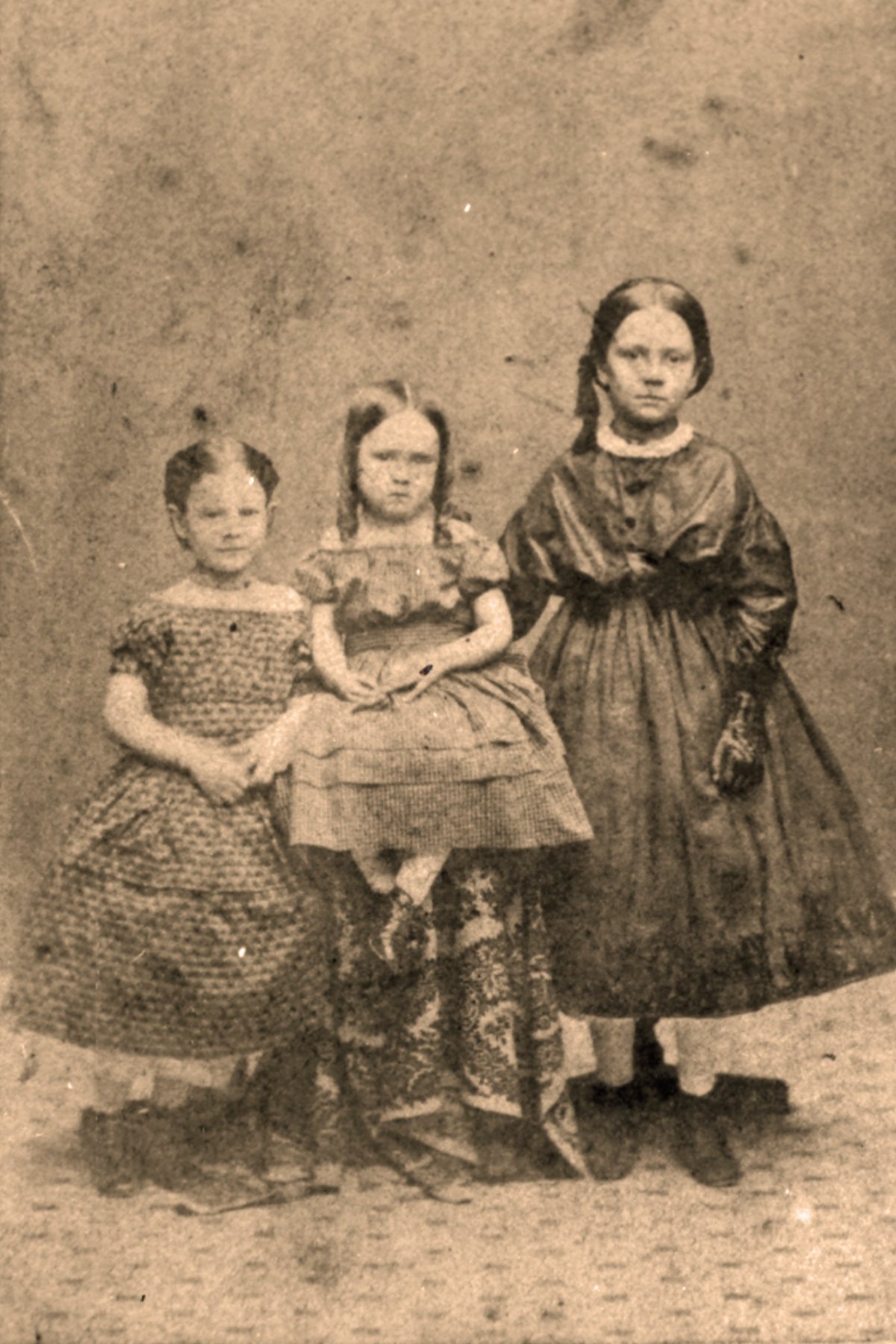
Some say their laughter can still be heard near the lighthouse especially at night.
Even the museum acknowledges the story, and many guests have reported unusual sounds, shadows, or small footsteps on the tower stairs when no children are present.
Whether you believe in ghosts or not, the history is real, and the loss is still felt.
The Lighthouse at War: U-Boats in the Atlantic
During World War II, the lighthouse was used as a coastal lookout station.
German submarines (U-boats) patrolled the waters just offshore, and dozens of ships were sunk in what was called “Torpedo Junction.”
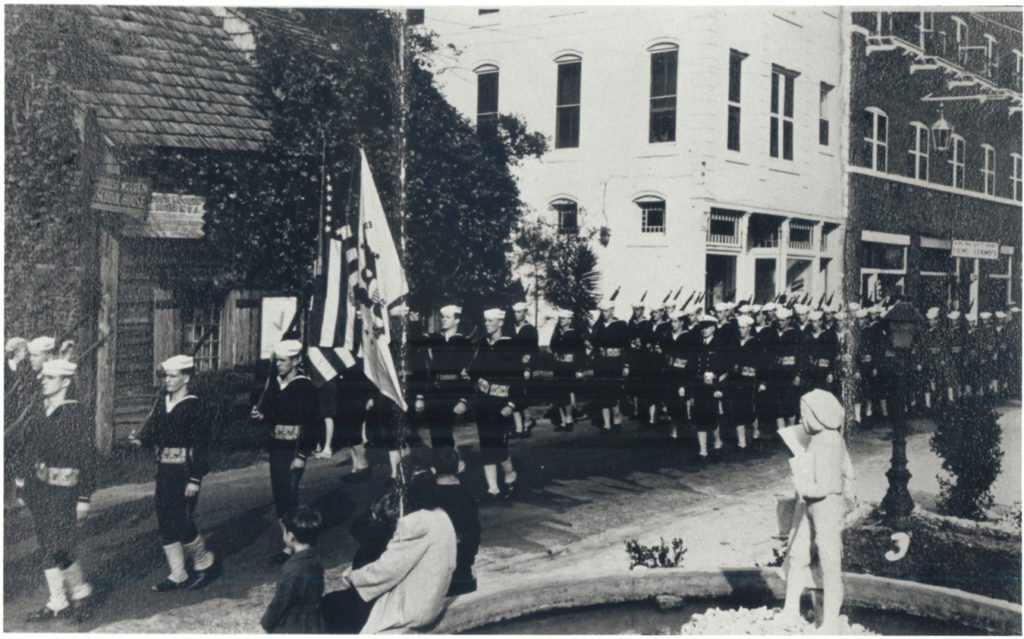
The Navy and Coast Guard took over the keeper’s house, turning it into barracks and communications headquarters. The lighthouse that once guided ships now helped defend the coastline.
How the Lighthouse Was Saved
After automation in 1955, the lighthouse no longer required a keeper — and like so many historic structures, it fell into neglect.
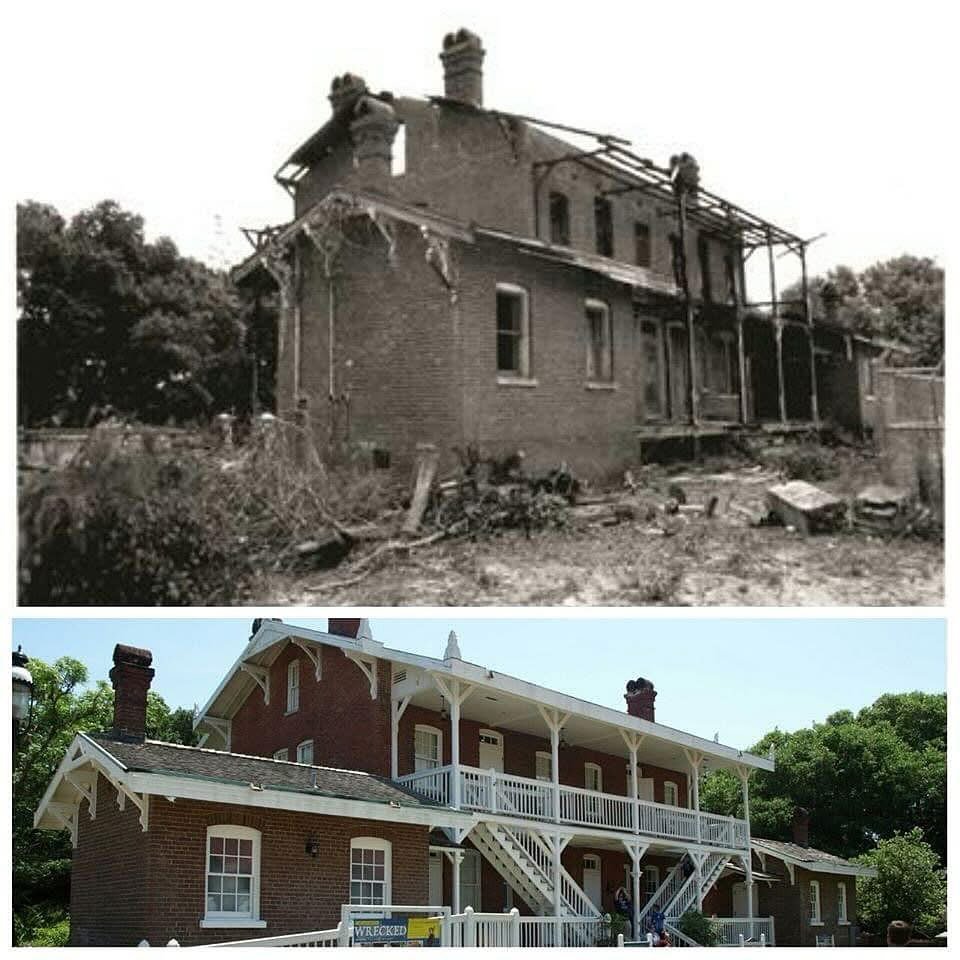
By the 1970s, the keeper’s house was vandalized, burned, and nearly lost.
Developers wanted to tear it down.

But a group of local women — now known as the Junior Service League of St. Augustine — stepped in.
They restored the home, saved the tower, and eventually created the St. Augustine Lighthouse & Maritime Museum, which now preserves everything from shipwreck artifacts to keeper family histories.
Because of them, we still have this lighthouse at all.
A Lighthouse at Christmas
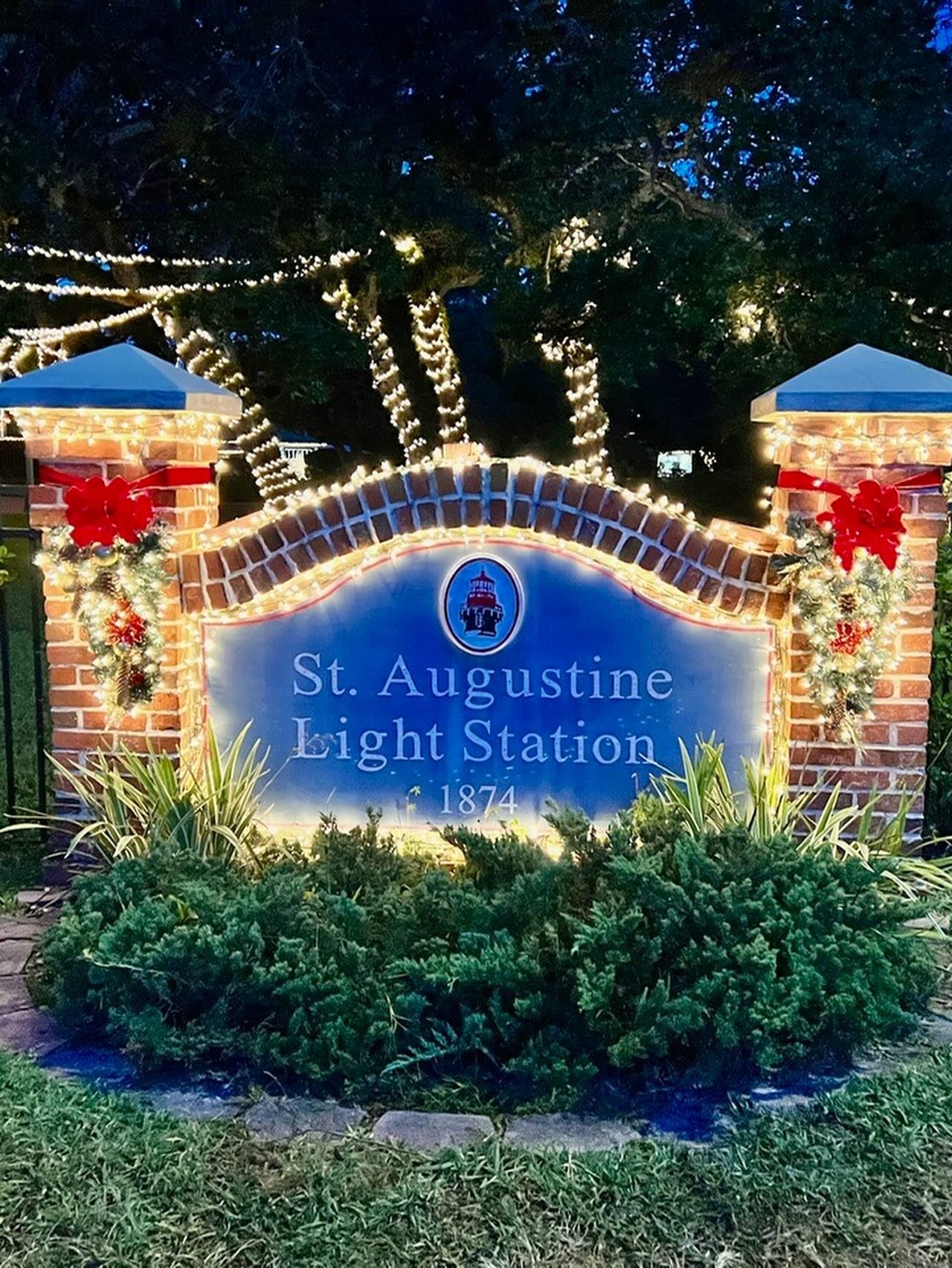
Today, the lighthouse becomes especially magical during the holidays.
The museum hosts Lighthouse Illuminations, decorating the home and grounds with themed Christmas trees, garlands, lights, and candlelit paths. The tower still shines its beacon across the water, but now it does so above a landscape wrapped in holiday color.

Just across the bay, the entire city of St. Augustine glows during the famous Nights of Lights, one of the largest and most beautiful Christmas light displays in the world.
It feels fitting that a lighthouse — a symbol of light in darkness — becomes part of a season built on the same idea.
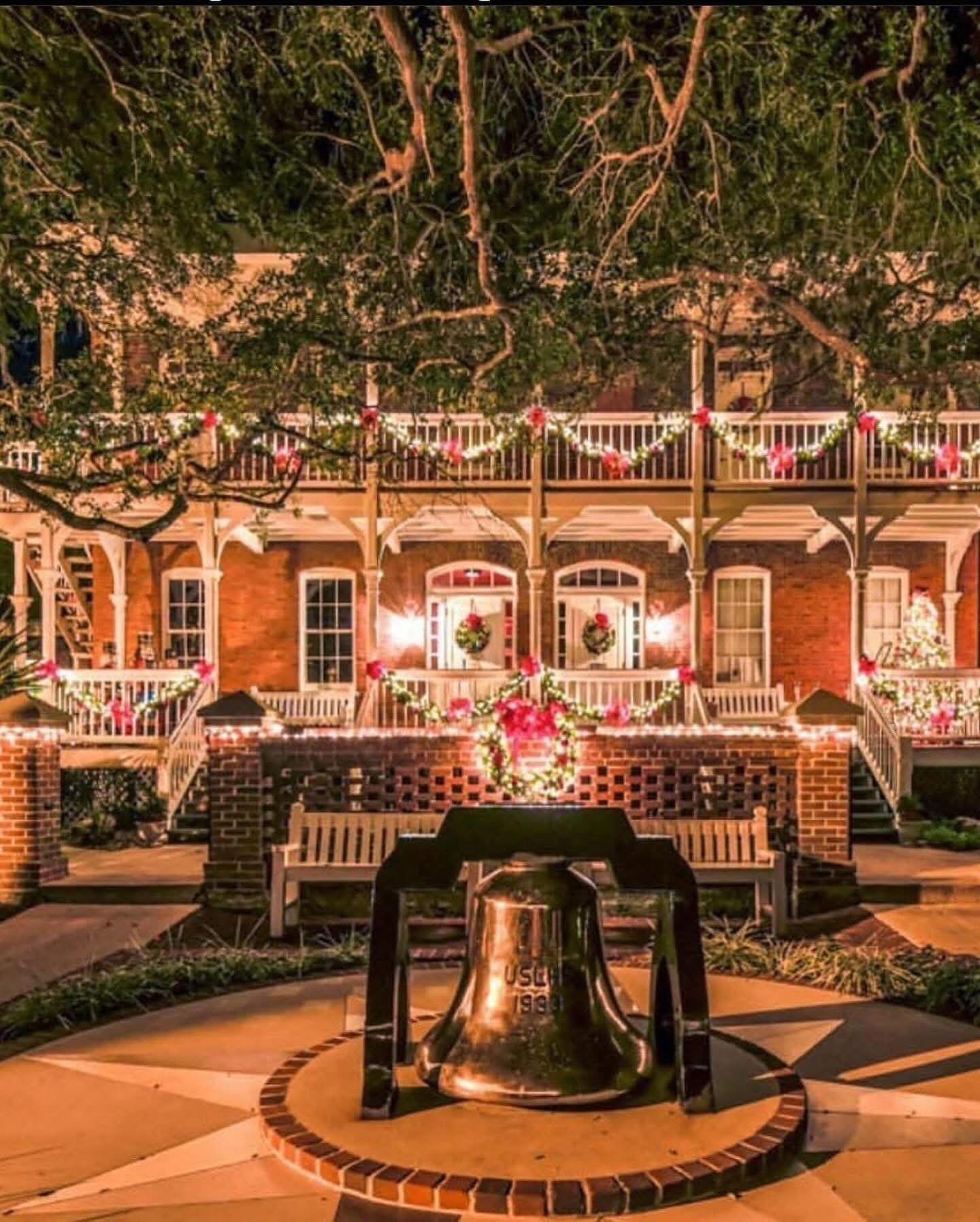
Plan Your Visit
Location: 100 Red Cox Rd, St. Augustine, FL
Museum Hours: Daily, typically 9am–6pm (evening hours available during holiday season)
Tower Climb: 219 steps to the top — worth it for panoramic ocean and city views
Admission: Around $15–$17 for adults
Holiday Event: Lighthouse Illuminations (late Nov–early Jan)
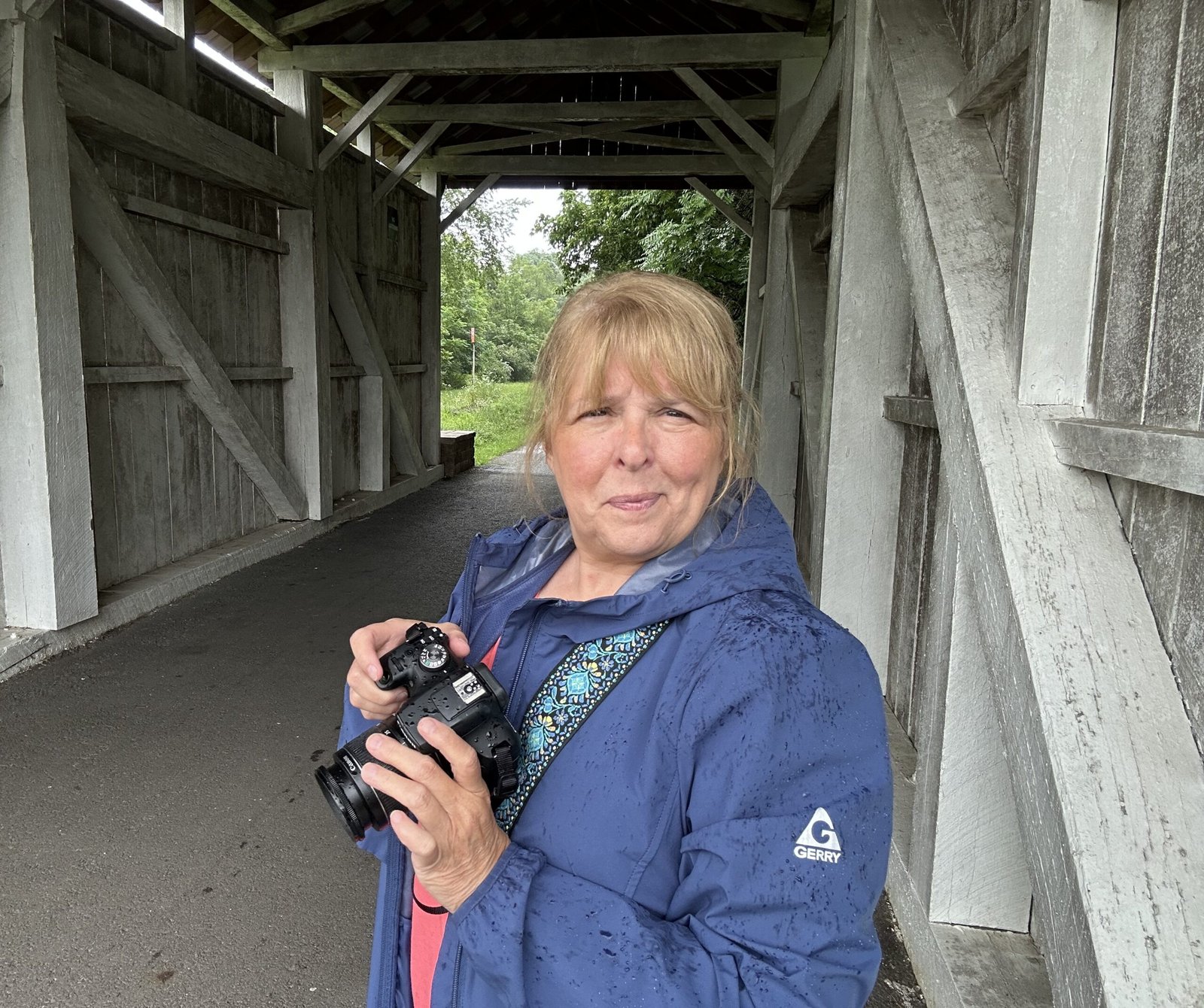
Until Next Time !
Susan
May your Lighthouse shine bright — and may your journey always have a guiding light.
My Final Thoughts
Some lighthouses feel like postcards.
This one feels like a storybook — with joy, loss, war, survival, and second chances woven into every brick.
What moves me most is not just the tower itself, but everything it has witnessed:
🌊 centuries of storms
⚓ shipwrecks and rescues
👨👩👧👦 families who gave their lives to keep the light burning
🔥 a fire that nearly erased it
💪 and a community that refused to let it die
I haven’t climbed the 219 steps yet…
but when I finally do, I’ll be thinking not just about the view, but about every life this lighthouse has touched — including mine, long before I ever stepped inside.

